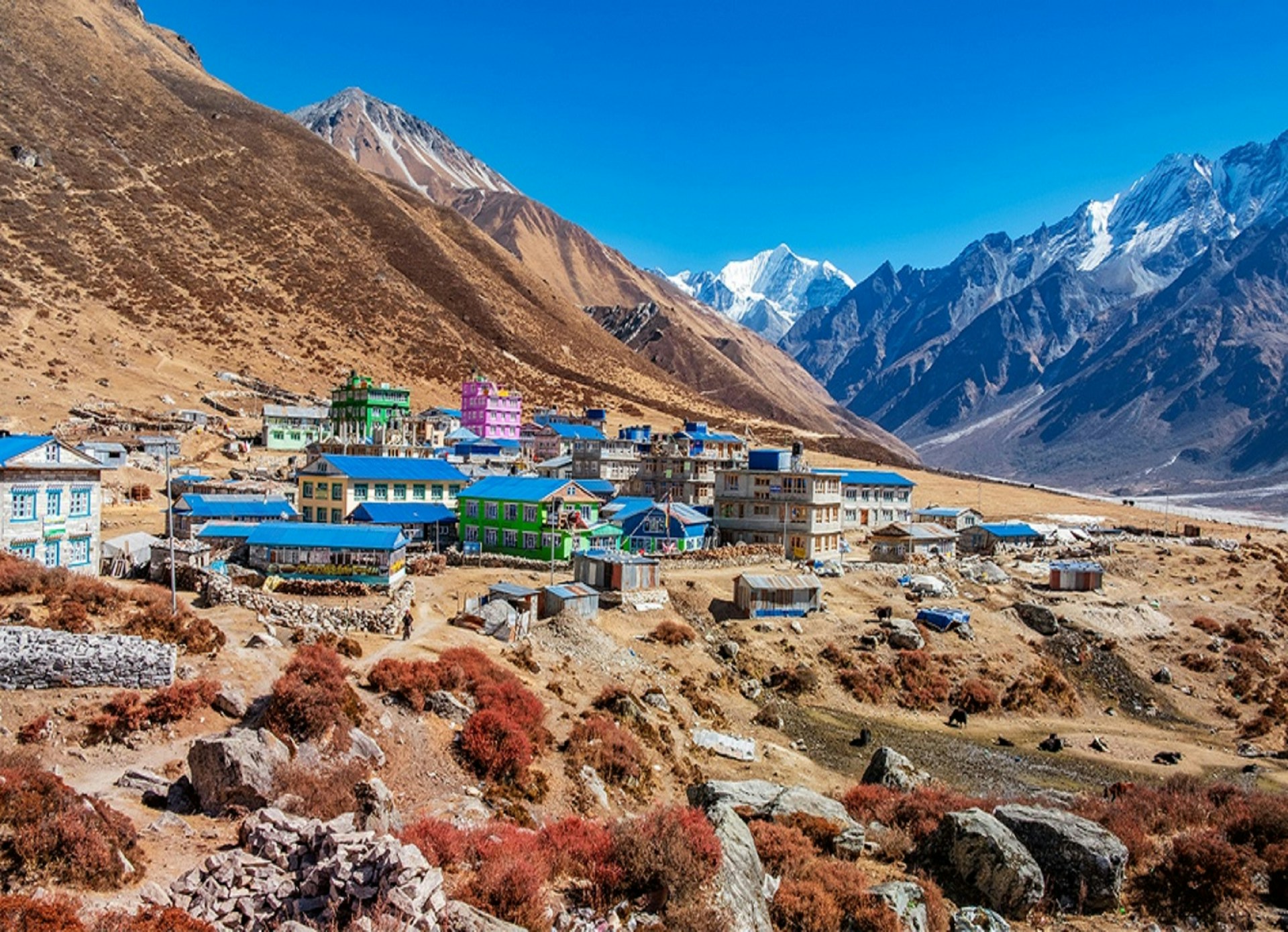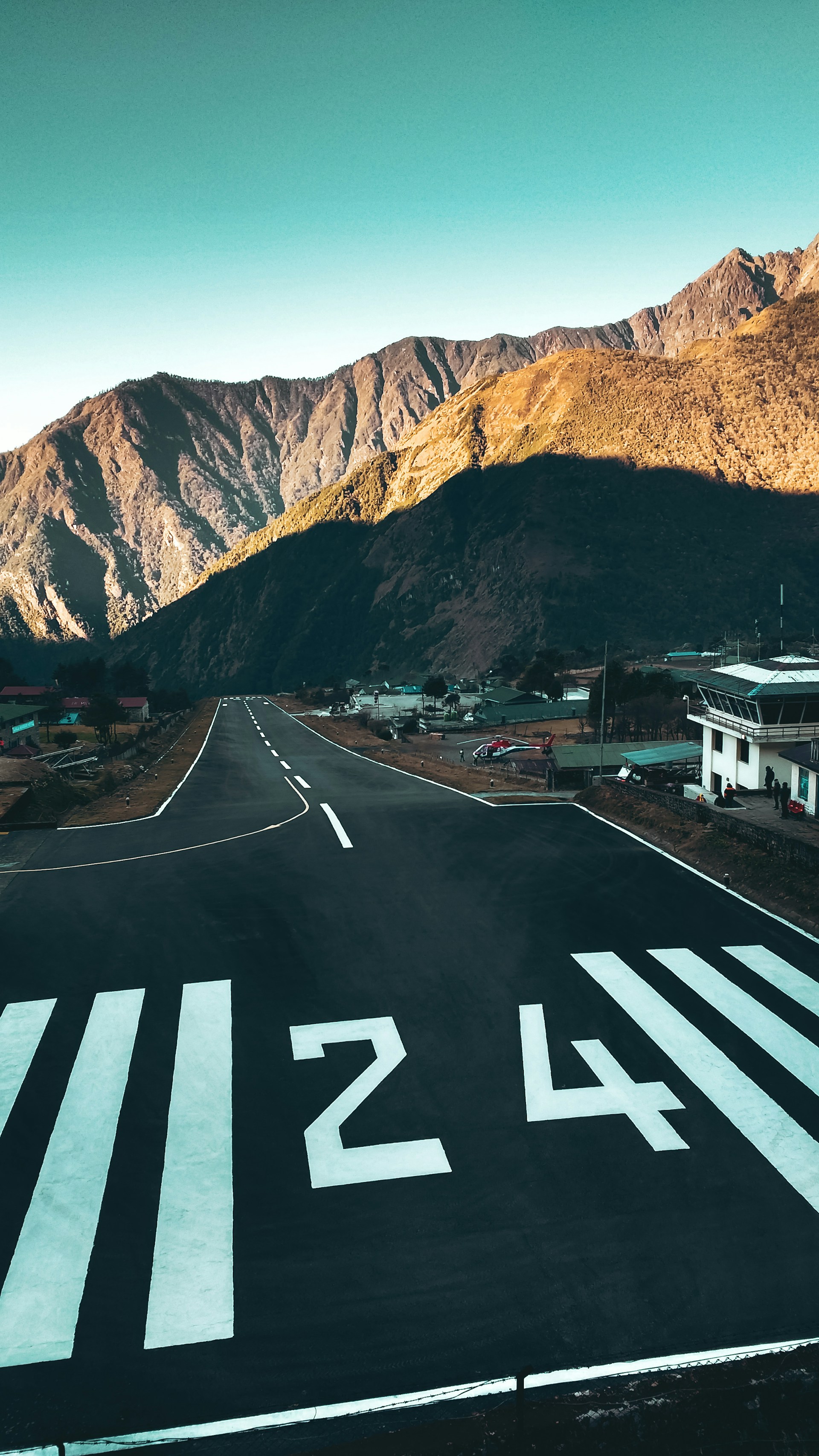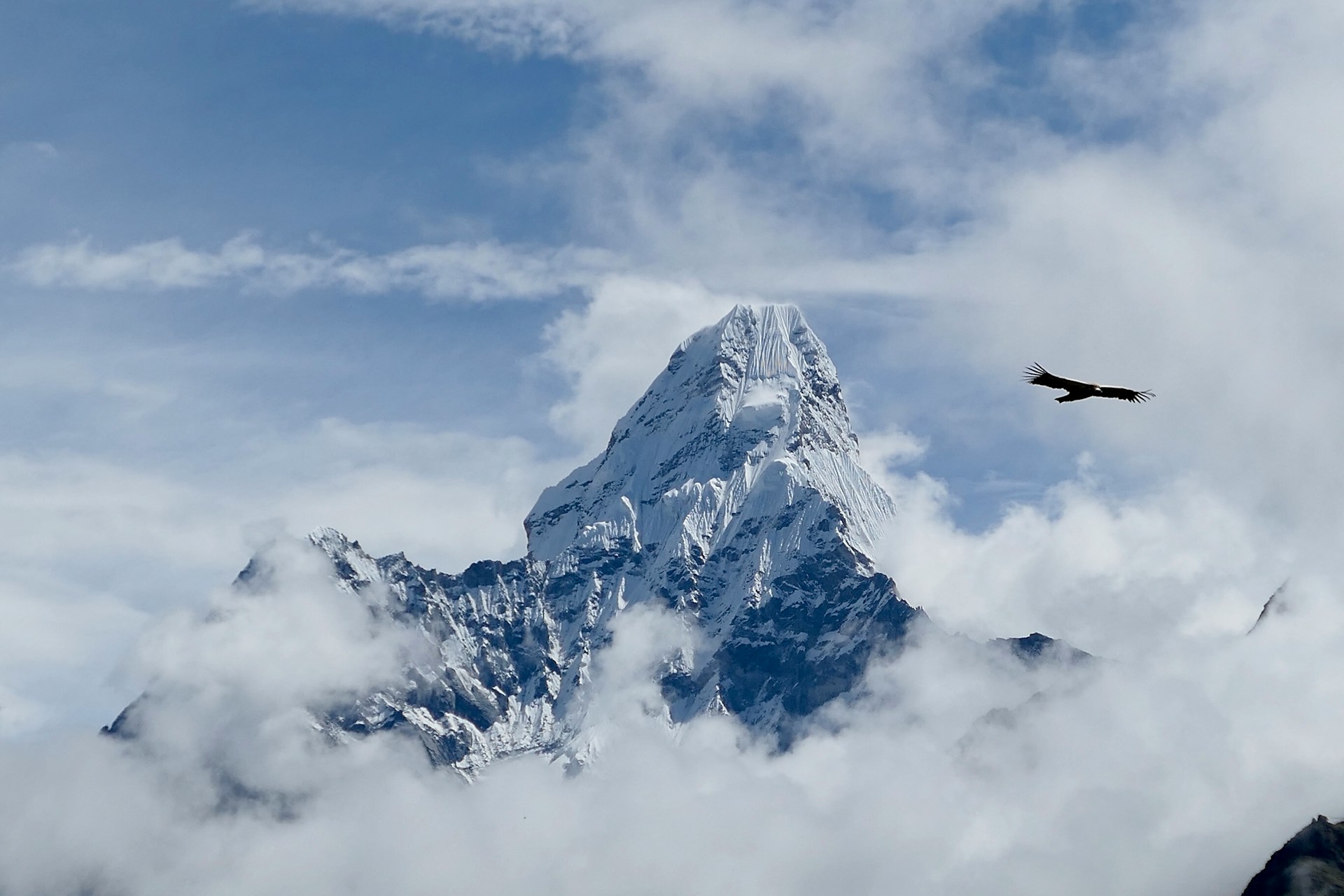History, Origin, and Pollution of the Bagmati river
Bagmati river is one of the most popular and sacred river of Nepal. Deeply rooted in our history, it is believed to be the oldest river that also signifies the very old god stories and ancient civilization and social development of Kathmandu Valley. Bagmati River separated Kathmandu from Patan (Lalitpur district). The importance of Bagmati also lies in the fact that Hindus are cremated on the banks of this holy river, and Kirants are buried in the hills by its side. According to the Nepalese Hindu tradition, the dead body must be dipped three times into the Bagmati River before cremation, so that the reincarnation cycle may be ended. The Bagmati River is considered the source of Nepalese civilization and urbanization.The river has been mentioned as Vaggumuda and Nandabagga. It has also been mentioned as Bahumati in Battha Suttanta
The Bagmati originates where three headwater streams converge at Bāghdwār where the water flows out through a gargyole shaped like a tiger’s mouth. This lies above the southern edge of the Shivapuri Hills about 15 kilometers (9 mi) northeast of Kathmandu. Here the Bagmati is wide and swift with a high load of suspended solids, giving it a grey appearance. The river flows southwest about 10 km (6 mi) through terraced rice fields in the Kathmandu Valley. The Bagmati River plays a key role in religious and cultural festivals and is a means of uniting different ethnic groups under a shared umbrella of religious practices. The river is used for religious ceremonies, as a water source, for crop cultivation, and for chemical and human waste disposal. The Pashupatinath Temple is the largest cremation site in Nepal with an average of 37 cremations a day. The temple is dedicated to Lord Shiva, the protector. The word can be broken apart to explain its meaning: organism (pash), protector (pati), and lord (nath). Hindus believe that it is only through a sacred ritual performed at one of the Pashupatinath Temples that the body and spirit of the deceased can be released from the repeated cycles and struggle of birth and death that are at the root of the Hindu belief in reincarnation. This ritual allows the deceased to achieve nirvana, or oneness with the Supreme Being. It is no surprise, then, that the majority of temples, monuments, and shrines in the Kathmandu Valley are situated in close proximity to the Bagamati River banks.
Pollution
The Bagmati River contains large amounts of untreated sewage, and large levels of pollution of the river exist due primarily to the region’s large population. Many residents in Kathmandu empty personal garbage and waste into the river. In particular the Hanumante khola, Dhobi khola, Tukucha khola and Bishnumati khola are the most polluted. Attempts are being made to monitor the Bagmati River system and restore its cleanliness. These include “pollution loads modification, flow augmentation and placement of weirs at critical locations”.
But in recent years Bagmati cleaning Campaigns have been implied by different Organizations and environment conscious institutions and government is being supporting them. A very bright positive changes has been seen and made in recent years which is very important to restore the clean originality of the Bagmati which has occupied a very huge cultural and ritual importance.
Recent Blog Posts
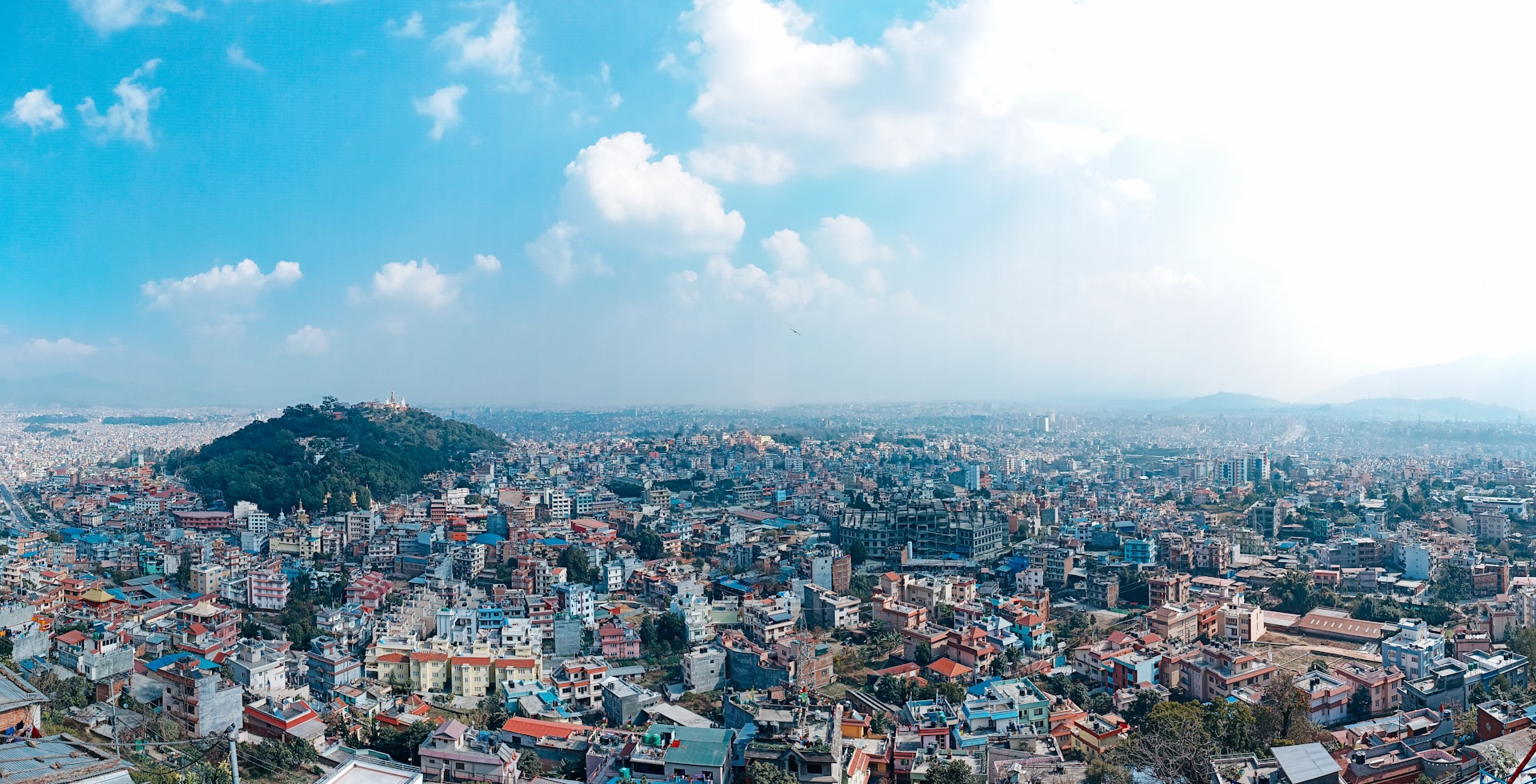
Kathmandu Valley: Exploring the Capital of Nepal
Jun 15, 2025
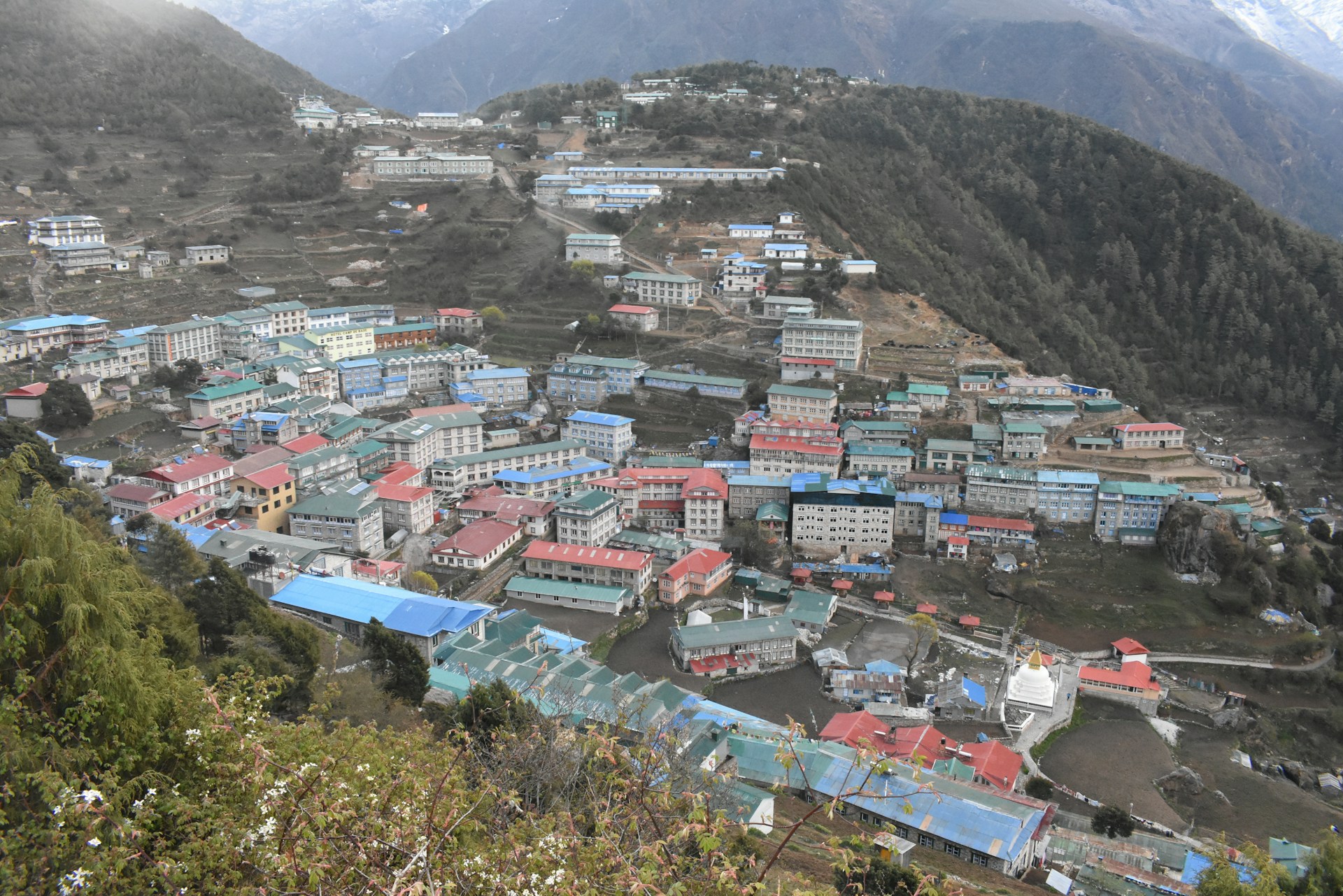
Namche Bazaar: What to Expect in the Sherpa Capital
May 20, 2025


